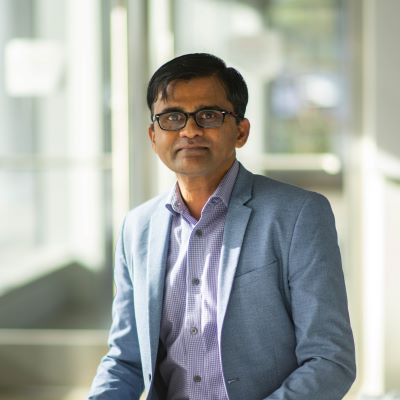Keynotes
Living a Life without Secrets: Thinking about Privacy in an Era of IoT
Abstract: Thanks to a proliferation of sensors, cheap computing, and lax regulations, the tracking built for the digital world is becoming possible in the physical world. This has huge ramifications for network and device security as well as for individual privacy. In this presentation, I’ll explain where the current trends are leading us and lay out rules for designing ethical connected products that keep privacy and security front and center.


Stacey Higginbotham
Stacey Higginbotham is the publisher of Stacey on IoT, a newsletter, podcast, and website about the Internet of Things. She founded the publication in 2016 after working for publications such as The Deal, GigaOm, and Fortune, where she was Senior Editor. She has spent two decades covering technology and is the network admin for a house full of connected devices.
From Simple Attacks to AMpLe Attacks — When Artificial Intelligence meets the Internet of Things
Abstract: The proliferation of sensing and AI technologies has enabled various AIoT (AI+IoT), which has increasingly changed our daily life, ranging from how we operate smart appliances at home to how we drive on road. Unsurprisingly, unconventional risks and threats associated with AIoT technology have emerged because of the two main features of AIoT, i.e., sensors and actuator in the loops, AI-enabled decision-making algorithms. In this talk, we survey typical attacks against AIoT in the literature and show the trend of these attacks. We found most attacks utilize one type of vulnerability, which can be summarized as simple attacks. Based on prior work, we introduce the concept of AMpLe attacks, a new class of system-level security vulnerabilities resulting from a combination of adversarial machine learning and physics-based injection of information-carrying signals into hardware. Finally, we discuss possible future directions for improving the security of AIoT.


Wenyuan Xu
Wenyuan Xu is currently a professor in the College of Electrical Engineering at Zhejiang University. She received her B.S. degree in Electrical Engineering from Zhejiang University in 1998, an M.S. degree in Computer Science and Engineering from Zhejiang University in 2001, and the Ph.D. degree in Electrical and Computer Engineering from Rutgers University in 2007. Her research interests include wireless networking, embedded systems security, and IoT security. Dr. Xu received the NSF Career Award in 2009. She was granted tenure (an associate professor) in the Department of Computer Science and Engineering at the University of South Carolina in the U.S. She has served on the technical program committees for several IEEE/ACM conferences on wireless networking and security, and she is an associated editor of Transactions on Sensor Networks, Transactions on Internet of Things, IEEE Internet of Things Journal, IEEE Transactions on Mobile Computing. She has published over 100 papers and her papers have been cited over 6000 times (Google Scholar).
Securing Next G Wireless Networks
Abstract: In this keynote, we present the technology and architectural trends causing fundamental shifts in the way we design security in “Next Generation Wireless Networks” (5G and future 6G). The talk presents some of the security challenges and research opportunities to realize end-to-end security in Next G wireless networks.


Mallik Tatipamula
As a CTO of Ericsson Silicon Valley, Dr Mallik Tatipamula leads evolution of Ericsson’s technology and champion the company’s next phase of innovation and growth. Prior to Ericsson, he held several leadership positions at F5 networks, Juniper networks, Cisco, Motorola, Nortel and Indian Institute of Technology (Chennai). During 30 years of his professional career, he has played a very unique leadership role in delivering industry’s most powerful innovations, standards contributions, products/solutions, design implementation of early real-world deployments working with telecom operators, and also innovating for the future, working with academia, by anticipating what might happen next, to accelerate the architectural transitions in the telecom industry. He has identified strategic opportunities, and implemented programs that have brought world-leading innovations to the telecom sector with a multi-billion dollars impact, launching over 50 products/solutions that are deployed in global telecom networks to enable these major network transitions from 2G to 5G.






